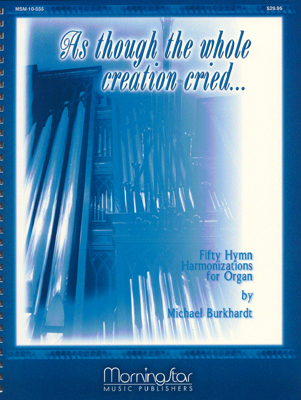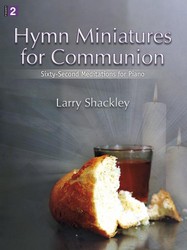- |
User Links
Ah, Holy Jesus, How Have You Offended
Hymn Information
- First Line
- Ah, holy Jesus, how have you offended
- Author
- Johann Heermann (1630)
- Translator
- Robert Bridges (1899, alt.)
- Tune Name
- HERZLIEBSTER JESU
- Composer
- Johann Crüger (1640)
- Topic
- Church Year: Good Friday · Jesus Christ: Confidence in · Jesus Christ: Death
Copyright Information
- Text Copyright
- Public Domain
- Tune Copyright
- Public Domain
- Reprint/Projection Information
- Words and Music: The Words and Music are in the Public Domain; you do not need permission to project or reprint the Words and Music.
Full Text
Scripture References
Thematically related:
- st. 1 = ·
- st. 2 =
- st. 3 = · ·
Further Reflections on Scripture References
Using imagery from Isaiah 53 as well as from other Bible passages, the text sets forth the Christian doctrine of Christ's atonement: Christ died for the sin of the world in a substitutionary death on the cross. The most striking aspect of the text is its personalization: it was for my sin that Christ died! Thus a generic doctrine has become a deeply personal confession and profound meditation.
Psalter Hymnal Handbook
Confessions and Statements of Faith References
Further Reflections on Confessions and Statements of Faith References
This song reflects the narrative of the suffering and death of Christ on Calvary, events whose significance and purpose is deepened by the confessions of the church. Heidelberg Catechism, Lord’s Days 15-16, Questions and Answers 37-44 explain the significance of each step of his suffering. Question and Answer 40 testifies that Christ had to suffer death “because God’s justice and truth require it; nothing else could pay for our sins except the death of the son of God.”
The Belgic Confession, Article 20 professes that “God made known his justice toward his Son…poured out his goodness and mercy on us…giving to us his Son to die, by a most perfect love, and raising him to life for our justification, in order that by him we might have immortality and eternal life.”
Consider also the testimony of Belgic Confession, Article 21: “He endured all this for the forgiveness of our sins.”
Ah, Holy Jesus, How Have You Offended
Call to Worship
Assurance
But God demonstrates his own love for us in this:
While we were still sinners, Christ died for us.
Since we have now been justified by his blood,
how much more shall we be saved from God’s wrath through him!
For if, when we were God’s enemies, we were reconciled to him through the death of his Son,
how much more, having been reconciled, shall we be saved through his life!
Not only is this so, but we also rejoice in God through our Lord Jesus Christ,
through whom we have now received reconciliation.
Ah, Holy Jesus, How Have You Offended
Tune Information
- Name
- HERZLIEBSTER JESU
- Key
- f minor
- Meter
- 11.11.11.5


 My Starred Hymns
My Starred Hymns






